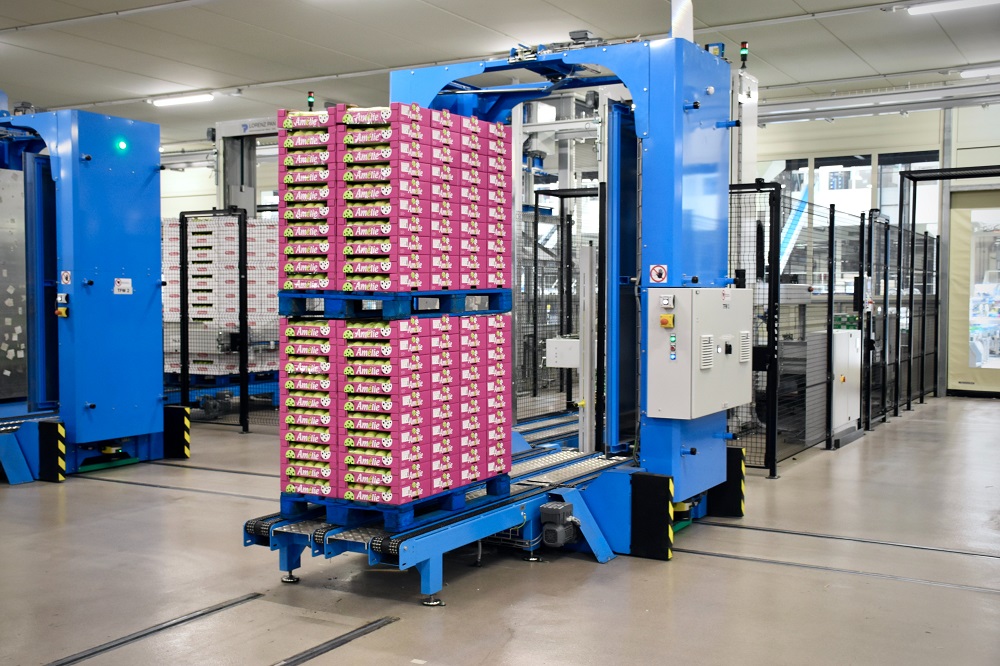The world is now well into the Industry 4.0 revolution and warehouse automation is turning out to be one of the cornerstones of this movement. While the scope of automation in an industrial warehouse setting still lies largely untapped, there is plenty of progress in the market to report on.
In the next few months, we are going to witness some rapid changes in the warehousing industry. The labour shortage is currently at its peak, and we have finally reached the threshold where using automation to run certain warehouse functions is imperative for the industry to move ahead.
So, here are 5 things that you can expect from this year’s warehouse automation tech.
Internet adoption
Automation can only provide efficiency if it is deployed in a well-connected digital environment. Larger companies will start adopting very high-speed (5G) internet services soon to ensure that their automation functions can stay connected to the cloud at all times.
Robotics
MHE (Material Handling Equipment) robotics that can handle larger loads is still not fully functional. However, this is something that most warehouse managers have been looking forward to. 2023 will be the year that sees at least 30% deployment of MHE across warehouses.
ERP Resources
Enterprise resource planning is a segment that has always lacked movement. Now, it will become central to ensuring that automation can be deployed across the supply chains. A recent survey showed that almost 40% of warehouses are looking to standardize their ERP systems within this year.
Retail Is the Slowest Adopter
While most of the supply chain and logistics segment will be able to avail the benefits of warehouse automation, product retailers will be the slowest adopters of automation tech. Compared to American and European segments, the change in the global south retail segment is expected to take much longer.
Budget/ROI Is Still A Concern
For smaller players, enabling automation does not equate to a short-term increment in profits. More than 50% of warehouse managers face deployment issues when automation is placed in the system. So, unless these issues are smoothened out the adoption process will be slow.
Final Words
A survey conducted by Vecna Robotics showed that 85% of warehouse managers are planning to adopt some form of automation within their warehouses and supply chains. Movement-based robotics and ERP systems will be the two primary techs to serve as early adopters.
The central issue with the adoption process lies in the lack of knowledge about such tech. Most warehouse employees are not familiar with guided vehicles or mobile robots run by automation. So, the experience of a completely automation-friendly warehouse will still take a few years to come.













